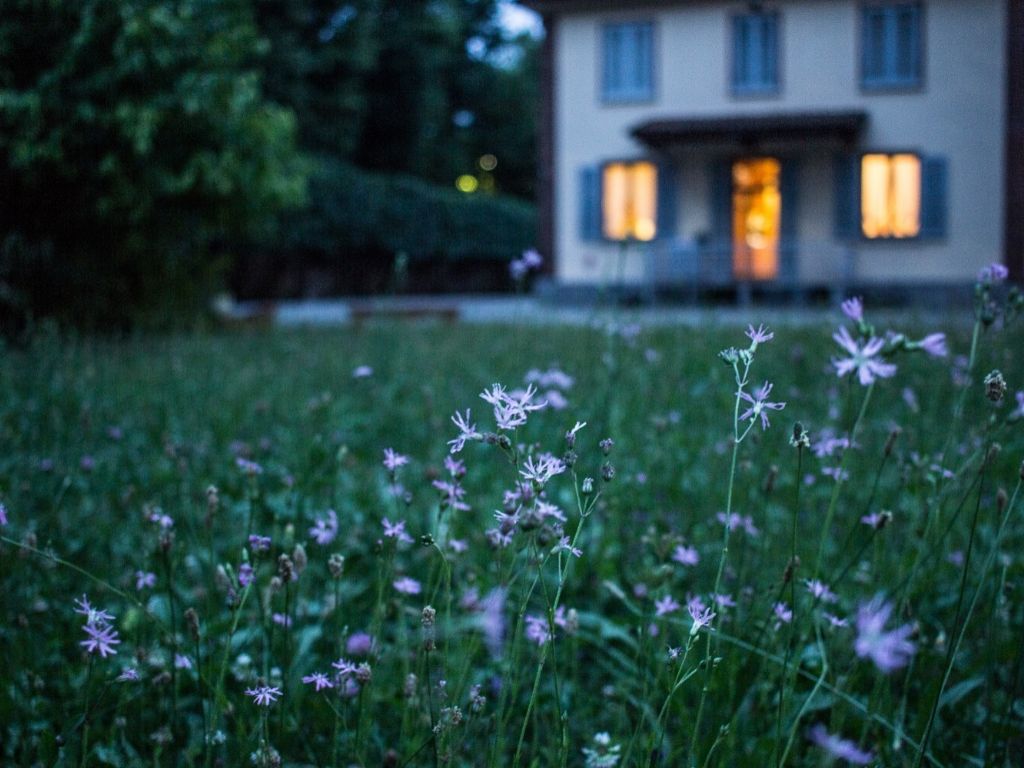We all want to lower our energy bills but we may not always understand how much heat our homes are losing. Let’s take a look at where your house may be leaking heat and what’s the best way to fix it.
Loft Insulation
More than 25% of all heat loss occurs through uninsulated loft spaces. Heat rises and if there is no insulation to keep it from escaping it will exit the house through the roof. This will seriously add to your heating costs and cost you a lot of money.
Loft insulation is not expensive and it will pay for itself many times over by reducing the amount of energy you use to heat your home. If you can safely access your loft you can lay insulation yourself, remember to wear gloves, a safety mask and goggles to protect against irritation.
The insulation is laid between the joists on your loft floor and then another layer is added at a right angle to the first layer. This covers the joists and meets the minimum depth of insulation of 270 mm recommended by the government.
Replacement Windows & Doors
Currently, around 7% of households have no double glazing while poorly fitted and single-glazed windows will leak about 18% of the heat you produce in your home. That’s a lot of lost heat and wasted money.
Double-glazed replacement windows and doors can make your home more energy efficient and reduce your energy costs. If you want to step it up a notch you could opt for triple glazing which does the same job, only better.
Triple glazing is common in colder countries but the UK’s weather doesn’t warrant fitting them as standard. Instead, you could fit them to north and or east-facing windows and put double glazing everywhere else in the house. This will cut your triple glazing costs and maximise your windows’ energy efficiency.

Cavity Wall Insulation
Homes built before the 1990s don’t have cavity wall insulation as standard and this can mean a third of the heat you are generating in your home is being lost through the walls.
Cavity wall insulation is not a messy or complicated process. Small holes are drilled in the external walls and mineral fibre, polystyrene beads or polyurethane foam is injected into the gap between the inner block layer and outer brick layer of the wall. The holes are then sealed up.
This work has to be done by a specialist company and is not something that can be done as a DIY project. The cost of the cavity wall insulation will typically pay for itself in energy savings over five years.
Floor Insulation
As you know from your physics lessons, heat rises so you may not realise how much heat can be lost through your uninsulated floors. Surprisingly, it can account for 10% of your heat loss.
Insulating your floor creates a thermal barrier between your home and the cold ground beneath it. Cavity floors can be insulated by lifting the floorboards and placing insulation between the floor joists, just as you do in your loft.
Typically you only need to insulate your ground floor but if one of the first floor rooms is above a garage or other unheated space you should consider adding insulation. If you can’t use insulation you can help reduce heat loss by using good-quality carpets and rugs.
Draughtproofing
Losing heat through draughts can cost you extra on your heating bills but proper draughtproofing can save you money. Draughts can occur anywhere in the home but most often are around windows, doors and open chimneys.
If double glazing is beyond your current budget you could install secondary glazing or even heavy curtains to reduce draughts. Fit a draught excluder to your letterbox and on the bottom of external doors. A chimney balloon or similar device can prevent heat loss via an open chimney. Small changes can make a big difference to your energy bill.









No Comments